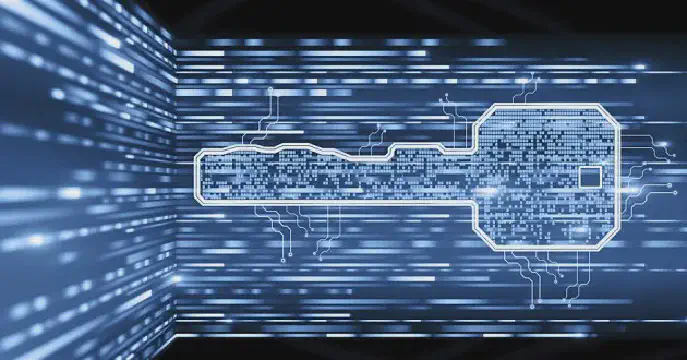Excerpt§
The Frame Check Sequence (FCS) field in an Ethernet frame uses CRC and bit-level checking to detect errors during transmission, ensuring integrity of network data.
Introduction§
Ethernet networking relies on Ethernet frames for transmitting data packets between networked devices. An Ethernet frame contains error checking mechanisms to ensure the integrity of the transmitted data. The Frame Check Sequence (FCS) field in the Ethernet frame trailer provides the error detection capability.
This article will explain how the FCS works to detect errors during Ethernet frame transmission and reception. Understanding the FCS field’s error detection mechanisms gives insight into how Ethernet networking achieves reliable data transfer.
Components of an Ethernet Frame§
An Ethernet frame consists of three main parts - header, payload, and trailer:
Header
- Destination MAC address - Hardware address of intended recipient
- Source MAC address - Hardware address of sender
- EtherType - Indicates protocol of payload
Payload
- Actual data being transmitted
Trailer
- Frame Check Sequence (FCS) - Contains error checking information
Purpose of the FCS§
The Frame Check Sequence (FCS) field in the Ethernet frame trailer provides error detection capability. It is calculated before frame transmission by the sender and verified by the receiver to check for errors.
Key purposes of the FCS:
- Detecting if errors or data corruption occurred during frame transmission
- Verifying the integrity of the received frame
- Triggering retransmission if errors are detected
How the FCS Works§
The FCS value is calculated by the sender as follows:
- Perform a mathematical calculation on the binary data in the frame header and payload.
- The result is a 32-bit FCS value that gets populated in the FCS field.
The receiver does the same FCS calculation on the received frame:
- Extract the received 32-bit FCS value from the frame.
- Recalculate FCS value from received header and payload data.
- Compare the calculated FCS value with received FCS value.
If the two FCS values match, the frame is error-free. If they differ, it indicates errors.
Error Detection Methods Used by FCS§
The FCS uses two key methods for detecting errors:
Cyclic Redundancy Check (CRC):
- CRC is a common technique for detecting errors in data transmission.
- A mathematical calculation generates a checksum value from the data. This is added to the message.
- The receiver repeats the CRC calculation and compares the checksums. A mismatch indicates corruption.
- The Ethernet FCS uses a 32-bit CRC checksum for error checking.
Bit-level Comparison:
- The transmitted 32-bit FCS value is compared to the calculated 32-bit FCS value bit-by-bit.
- If any single bit differs, it means the received frame contains errors.
- Simple bit-wise comparison provides a straightforward way to detect errors.
Importance of Error Detection in Ethernet Frames§
Robust error detection using the FCS provides several key benefits:
Ensuring Reliable Data Transmission
- FCS allows detecting any data corruption during transmission.
- This triggers retransmission of dropped or corrupted frames.
- Results in reliable and error-free data transfer over Ethernet networks.
Minimizing Network Errors
- FCS helps identify and eliminate sources of noise and errors.
- Enables analysis of error patterns and troubleshooting root causes.
- Helps improve overall network health and performance.
Preventing Data Corruption
- Detecting errored frames prevents use of corrupted data by protocols.
- Checksums like FCS avert silent data corruption issues.
- Ensures integrity and accuracy of network data.
Conclusion§
The Frame Check Sequence in the Ethernet frame trailer provides the crucial capability of error detection during frame transmission and reception. It uses CRC and bit-level checking to detect erroneous frames. This allows retransmission of dropped frames and reliable data transfer.
Robust error detection mechanisms like the Ethernet FCS also minimize overall errors and prevent data corruption in the network. This maintains the accuracy and integrity of transmitted data. Understanding the FCS field gives insight into how Ethernet reliably transfers data between networked devices.















